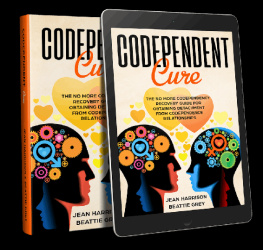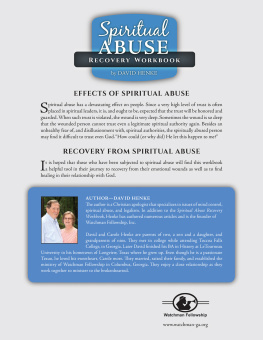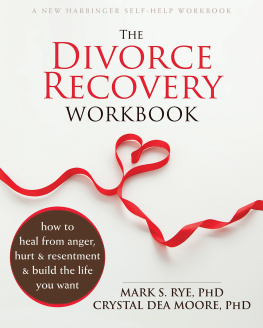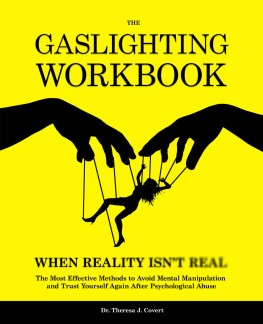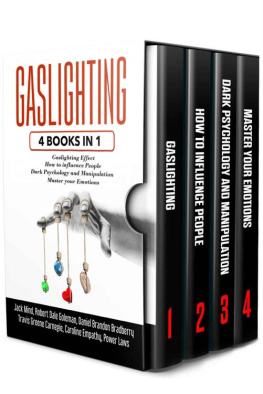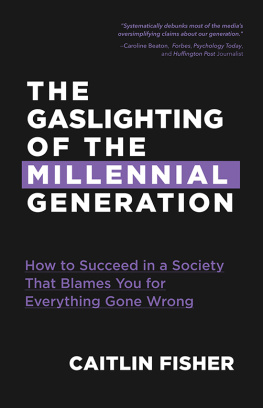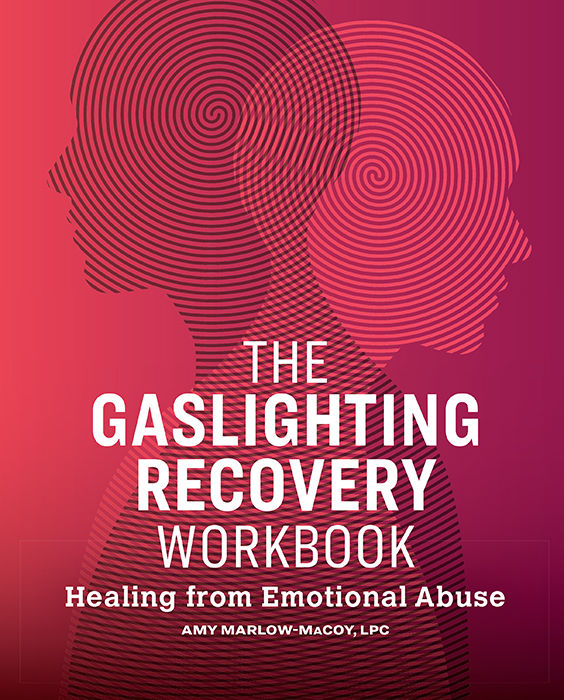
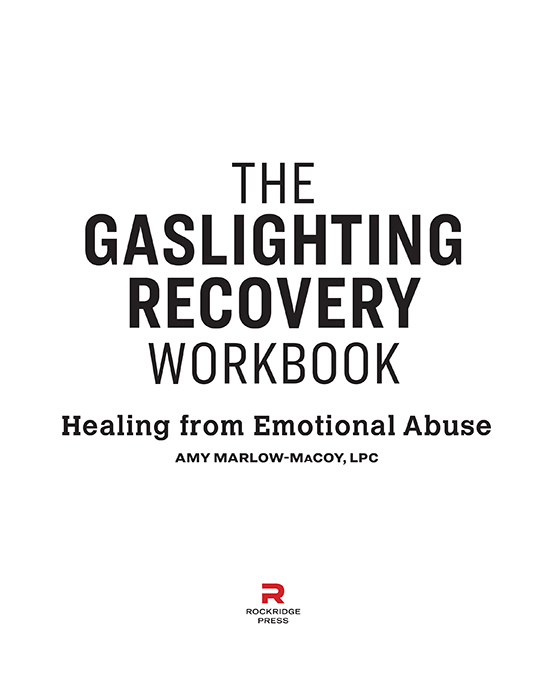
Copyright 2020 by Rockridge Press, Emeryville, California
No part of this publication may be reproduced, stored in a retrieval system or transmitted in any form or by any means, electronic, mechanical, photocopying, recording, scanning or otherwise, except as permitted under Sections 107 or 108 of the 1976 United States Copyright Act, without the prior written permission of the Publisher. Requests to the Publisher for permission should be addressed to the Permissions Department, Rockridge Press, 6005 Shellmound Street, Suite 175, Emeryville, CA, 94608.
Limit of Liability/Disclaimer of Warranty: The Publisher and the author make no representations or warranties with respect to the accuracy or completeness of the contents of this work and specifically disclaim all warranties, including without limitation warranties of fitness for a particular purpose. No warranty may be created or extended by sales or promotional materials. The advice and strategies contained herein may not be suitable for every situation. This work is sold with the understanding that the Publisher is not engaged in rendering medical, legal, or other professional advice or services. If professional assistance is required, the services of a competent professional person should be sought. Neither the Publisher nor the author shall be liable for damages arising herefrom. The fact that an individual, organization or website is referred to in this work as a citation and/or potential source of further information does not mean that the author or the Publisher endorses the information the individual, organization or website may provide or recommendations they/it may make. Further, readers should be aware that Internet websites listed in this work may have changed or disappeared between when this work was written and when it is read.
For general information on our other products and services or to obtain technical support, please contact our Customer Care Department within the U.S. at (866) 744-2665, or outside the U.S. at (510) 253-0500.
Rockridge Press publishes its books in a variety of electronic and print formats. Some content that appears in print may not be available in electronic books, and vice versa.
TRADEMARKS: Rockridge Press and the Rockridge Press logo are trademarks or registered trademarks of Callisto Media Inc. and/or its affiliates, in the United States and other countries, and may not be used without written permission. All other trademarks are the property of their respective owners. Rockridge Press is not associated with any product or vendor mentioned in this book.
Interior and Designer: Lisa Schreiber
Photo Art Director/Art Manager: Samantha Ulban
Editor: Shannon Criss
Production Editor: Ashley Polikoff
: Sahar Coston-Hardy
ISBN: Print 978-1-64611-269-2 | eBook 978-1-64611-270-8
R0
This book is dedicated to my amazing, resilient, and courageous clients. You inspire me daily with your bravery and commitment to healing.
CONTENTS
Part I:
The Gaslighting Influence
Part II:
Stages of Recovery
Phase One
(Acknowledgment and Self-Compassion)
Phase Two
(Building Self-Esteem)
Phase Three
(Establishing Boundaries)
Part III:
Healing from Trauma
How to Use This Workbook on an Ebook Device
If youre reading this workbook on a touch-screen device, you can add notes and highlight text just like you would in a physical workbook.
Some sections will prompt you to write in answers or personal responses. Its easygive it a try right here: ___________.
With your finger, tap and hold for a few moments on the line above. Depending on the device youre using, an icon such as a magnifying glass will appear. Lift your finger and youll see an options menu. Select Note (or Notes) to add and save your own text. When youre done, an icon or highlighted area will remain, which you can always return to and tap if you want to reopen and read or edit your note.
The same tap-and-hold options menu offers Highlight or Color, which you can select if you want to highlight a passage or check a box. Experiment with it: By swiping your finger before releasing you can select entire sentences or paragraphs. The options menu also offers Bookmark for when you want quick access back to certain pages.
This method is the same on nearly all touch-screen ebook devices, but some have slight variations. If youd like more information specific to the device youre holding in your hands, a quick online search will yield best results.
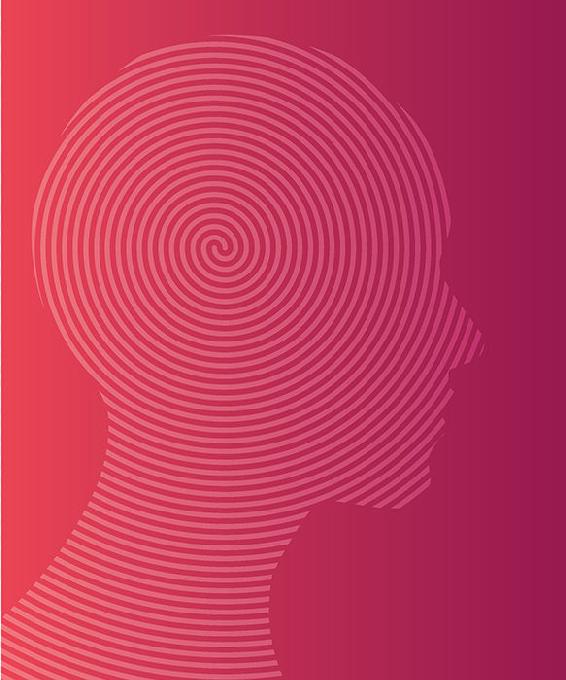

I will never forget the day Patti walked into my office for her first therapy session and said, I think I need to cut my father out of my life. He has been emotionally abusive for as long as I can remember, and I dont know what to do. Can you help me?
When Patti started therapy, she was near her breaking point. She suffered from anxiety, perfectionism, and a nagging feeling shed never be good enough. She was intelligent, insightful, and successful in her profession, but she still felt like a fraud. She found trusting her instincts difficult, though they were nearly always correct. As we explored her anxiety and lack of self-confidence, one thing became clear: She had experienced a phenomenon known as gaslighting for much of her life.
My name is Amy Marlow-MaCoy, and I am a licensed professional counselor. I support clients in recognizing, healing from, and building resilience to the effects of emotionally abusive relationships. Many of my clients come from homes where one or both parents demonstrated traits of narcissistic personality disorder or borderline personality disorder. Many have been gaslit into thinking their perceptions are warped and blame themselves for the abusive treatment they have received. In therapy, we work together to find the truth behind the lie of gaslighting.
Gaslighting is an emotional abuse tactic that makes the receiver doubt his or her perception of reality. In Pattis case, her father broke down her confidence by constantly questioning her judgment, downplaying or dismissing her achievements, and criticizing her emotional responses. He did these things, he told her, to help her become a stronger person. As a result, she eventually stopped relying on her own instincts and came to trust her fathers perception more than her own. She came to me because as much as she wanted to be free of her fathers abuse, she could not make that decision for herself.
A powerful tool for controlling others, gaslighting can be used to suppress or inflame whole communities within a larger society. Many leaders and politicians rely heavily on gaslighting to scapegoat certain groups or incite their own followers with skewed rhetoric. Because these personalities can be charming and charismatic, they can wield significant influence. With a strong enough following, a mob-like mentality can developone that can effectively silence anyone who steps outside the invisible lines.
While individuals with certain personality disorders, such as narcissistic personality disorder, borderline personality disorder, and antisocial personality disorder (also known as sociopathy), are more likely to engage in gaslighting to manipulate others, this tactic is not solely in the domain of narcissists and sociopaths. Individuals without personality disorders may also engage in gaslighting, although not always for the same reasons. Recognizing this as abuse can be hard initially, and calling out difficult behaviors you see in a close relationship even harder. We expect those closest to us to care for our well-being, and an expert gaslighter can make you believe he or she is hurting you for your own good.
Next page



